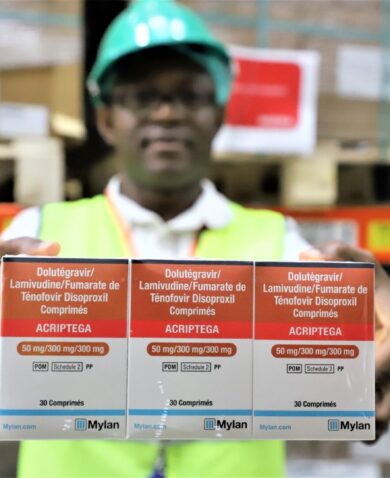
How Can the Development Community Best Support PEPFAR’s Transition to Local Partnerships?
October 2, 2019 | 2 Minute ReadWhat does building resiliency in HIV programming mean? Chemonics' Brian Rettmann and Emma Dominguez explain why ensuring local partners have the data, capacity, and tools is critical to effectively managing and monitoring the HIV response.
This post originally appeared on Devex.
We have come a long way since the initiation of the United States President’s Emergency Plan for AIDS Relief (PEPFAR) in 2003 when millions around the world had no or very limited access to live-saving antiretroviral drugs. A decade and a half later, we are close to having the HIV epidemic under control in several key countries, but in doing so the development community is facing a two-fold challenge. How we as practitioners approach this challenge will be critical to our success in controlling this deadly disease.
One year from now, PEPFAR will require other U.S. government agencies that receive PEPFAR funding for their programs — including the United States Agency for International Development (USAID) — to allocate 70 percent of its $6.78 billion annual budget directly to local partners to provide HIV services. Those same local partners will face increasing responsibility for leading their nation’s efforts to achieve ambitious targets around epidemic control: 90 percent of people living with HIV know their status, 90 percent of people who know their status are on treatment, and 90 percent of people on treatment have achieved viral suppression, all by 2020. For select countries, PEPFAR has established even more ambitious targets of 95-95-95 by 2020 based on their progress to date.
This is happening at the same time that USAID is advancing countries’ Journey to Self-Reliance “to achieve greater development outcomes and work toward a time when foreign assistance is no longer necessary.”
The success of this funding transition – while ensuring countries reach and sustain epidemic control targets – rests on the ability of local governments and organizations to have the data, capacity, and tools needed to effectively manage and monitor HIV programming.
Read the full post on Devex.
Posts on the blog represent the views of the authors and do not necessarily represent the views of Chemonics.





































